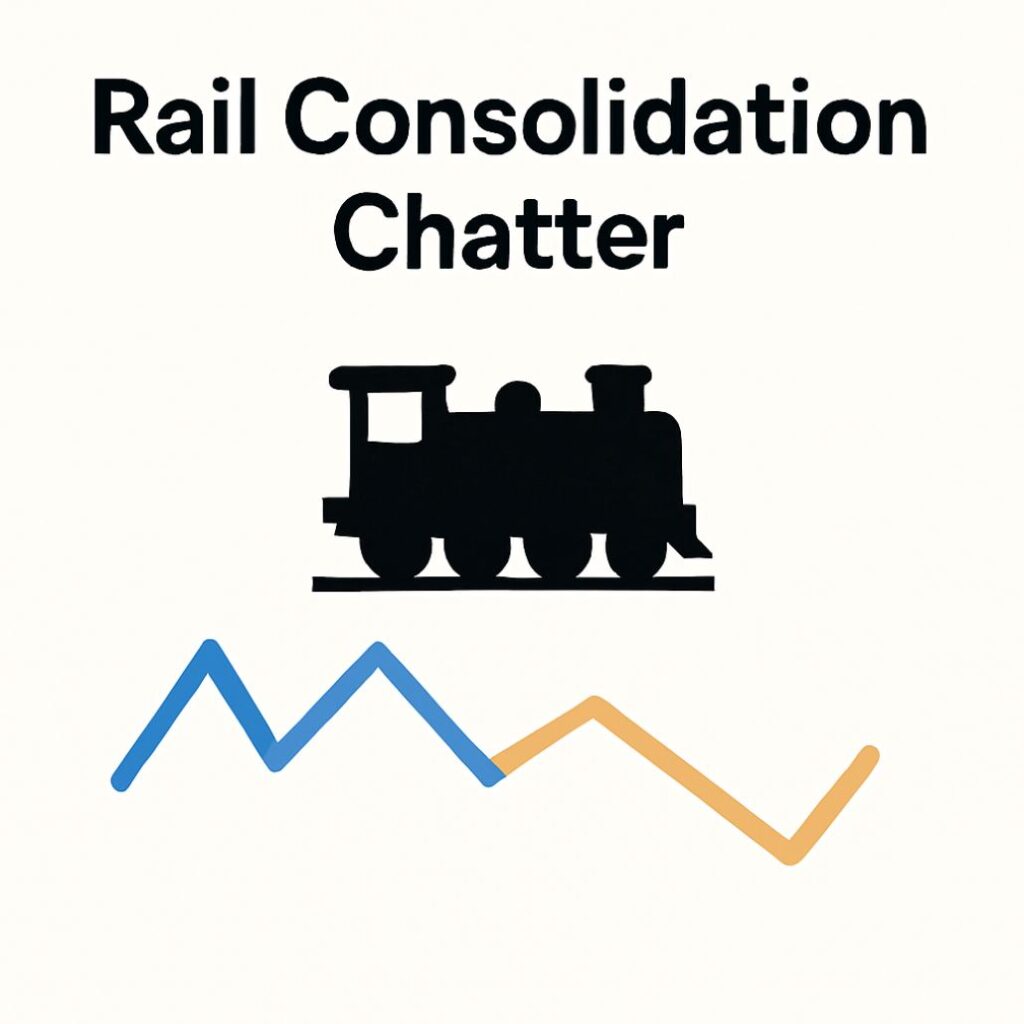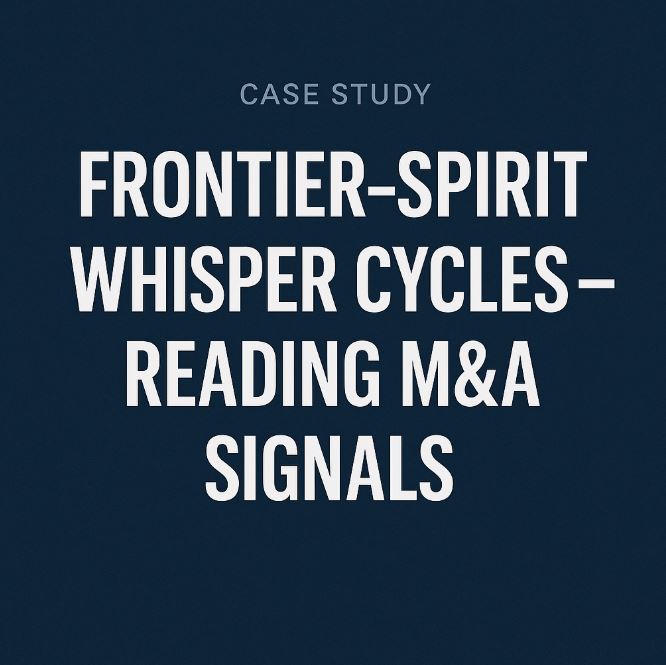
Executive Summary
Renewed speculation of a Union Pacific (UNP)–Norfolk Southern (NSC) merger has injected volatility into rail equities and their derivatives markets. Historical precedents show that such chatter consistently drives short-term trading opportunities—options markets light up, spreads shift, and correlation risk rises across the transport sector. Yet the largest arbiter of deal feasibility remains regulatory: the Surface Transportation Board (STB), whose authority and recent posture toward rail consolidation suggest an uphill climb. For traders, this creates a paradox: the near-term volatility is real, but the long-term merger probability is structurally capped by policy.
1. The Catalyst: Why This Rumor Matters
The latest rumor cycle began with Reuters and Bloomberg reporting on high-level merger talks between UNP and NSC, even citing White House engagement. If consummated, the deal would create the first transcontinental railroad in U.S. history—a concept with clear operational and marketing appeal.
- Strategic logic: advocates point to efficiency gains, coast-to-coast service, and stronger bargaining power with shippers.
- Market signaling: a CEO-level discussion with the executive branch elevates the rumor from mere chatter to a potentially testable scenario.
- Historical context: the last attempted Class I rail consolidations (e.g., Canadian Pacific–Norfolk Southern in 2016) faced intense resistance, but they still generated meaningful tradeable windows in vol and spread markets.
2. Market Reaction Analysis: Options and Credit
Implied Volatility (IV) Patterns
- Target (NSC): IV typically jumps the most—reflecting uncertainty about bid levels and competitive offers. Historical precedent shows 20–40% surges in short-dated contracts after credible press reports.
- Acquirer (UNP): IV rises more modestly, reflecting financing and integration risks. Traders often position with calendar spreads, betting that short-term vol spikes retrace as deal odds get repriced.
- Sector sympathy: peers like CSX and Kansas City Southern historically see “echo volatility,” as traders hedge potential follow-on moves.
Credit Spread Behavior
- Target tightening: NSC CDS spreads tend to compress, as the market assumes it could inherit UNP’s balance sheet strength.
- Acquirer widening: UNP CDS spreads often gap wider if debt financing looks likely.
- Bond desk tells: watch for secondary market trading of NSC bonds—sudden rallies often front-run equity confirmation.
3. Regulatory Friction 🚂
The STB remains the central obstacle. Unlike other sectors where DOJ/FTC dominate, rail is governed by a specialized regulator with sweeping discretion.
- Competition: UNP–NSC would shrink the Class I field, triggering shipper pushback in overlapping corridors (Midwest, Gulf, East Coast).
- Service concerns: recent service meltdowns post-Precision Scheduled Railroading make the STB highly sensitive to any integration risks.
- Labor politics: rail unions are politically powerful, and concessions may be required on jobs and safety standards.
- Precedent: the 1999 STB merger moratorium and rejection of CP–NSC (2016) show the bar is historically high.
Key point: even if corporate logic is strong, the STB’s “public interest” test makes rail consolidation one of the hardest bets in U.S. industrials.
4. Trading Implications
- Options strategies:
- Long straddles/strangles on NSC immediately after chatter often pay as rumors inflate IV.
- Short-dated IV tends to mean-revert if the rumor stalls—favor selling premium after the first spike.
- Credit trades:
- Relative-value: long NSC CDS / short UNP CDS to capture tightening vs widening.
- Pairs trades:
- Long target (NSC) vs short acquirer (UNP) can work as a hedge if deal chatter intensifies.
- Risk caveat: timing is critical—regulatory roadblocks usually drag out over years, and rumor premiums decay once headlines cool.
5. Broader Market Takeaways
- Volatility clusters: transport equities often show cross-correlation during M&A chatter, useful for sympathy trading.
- Regulatory beta: traders underestimate the asymmetry between immediate option payoffs and long regulatory timelines.
- Investor psychology: rail chatter recycles every 5–7 years—savvy players know to fade stretched premiums once Washington friction re-enters the conversation.
Conclusion
Rail consolidation rumors reliably create short-term trading opportunities in vol and spreads, but history suggests the probability of regulatory approval is low. The STB’s posture means traders should treat UNP–NSC talk as a tactical vol trade, not a fundamental long thesis.
Investor edge: The smart play is to ride the first-wave volatility and fade stretched premiums, while respecting that the rumor cycle itself—rather than the merger outcome—remains the true alpha driver.
Reminder not financial advice.



